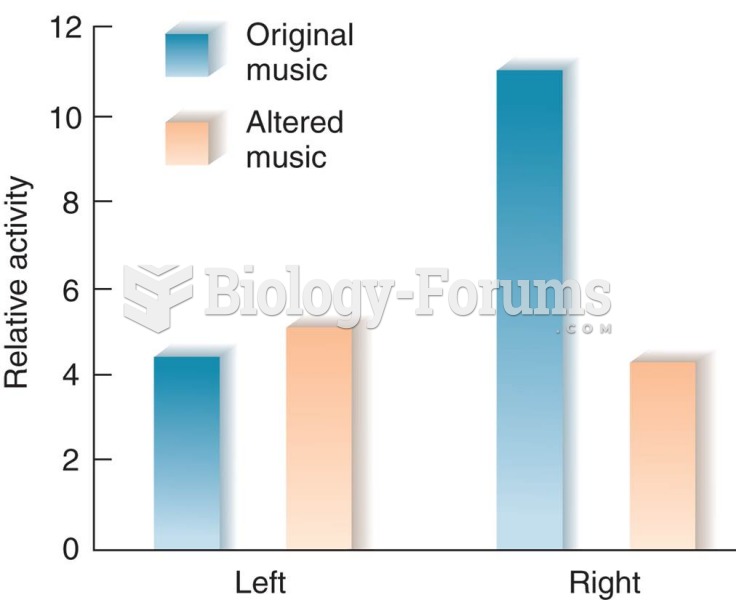|
|
|
Did you know?
Your heart beats over 36 million times a year.
Did you know?
The types of cancer that alpha interferons are used to treat include hairy cell leukemia, melanoma, follicular non-Hodgkin's lymphoma, and AIDS-related Kaposi's sarcoma.
Did you know?
The human body produces and destroys 15 million blood cells every second.
Did you know?
Bacteria have been found alive in a lake buried one half mile under ice in Antarctica.








